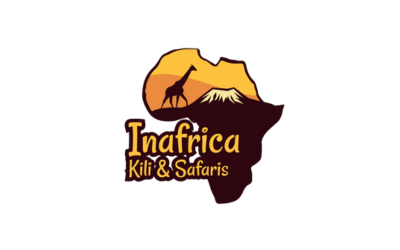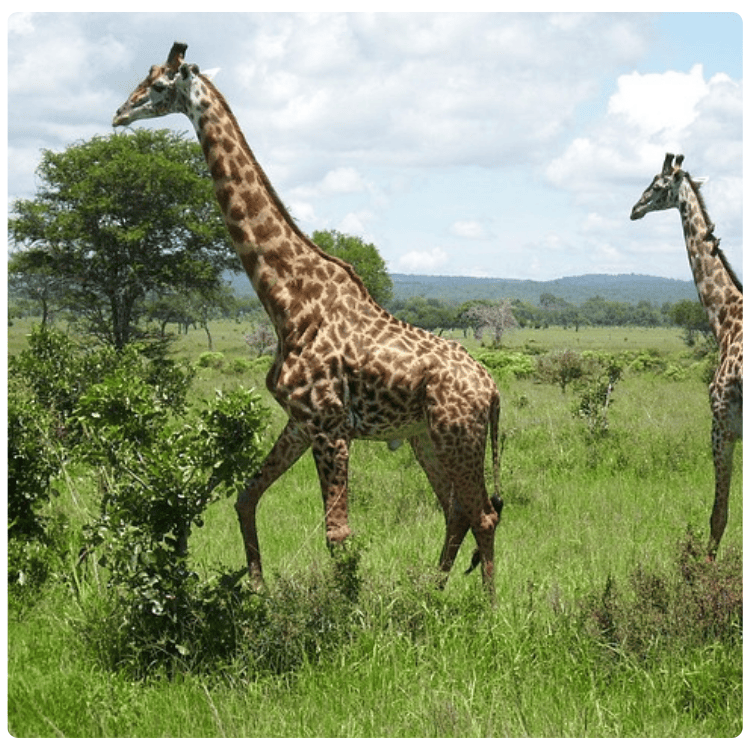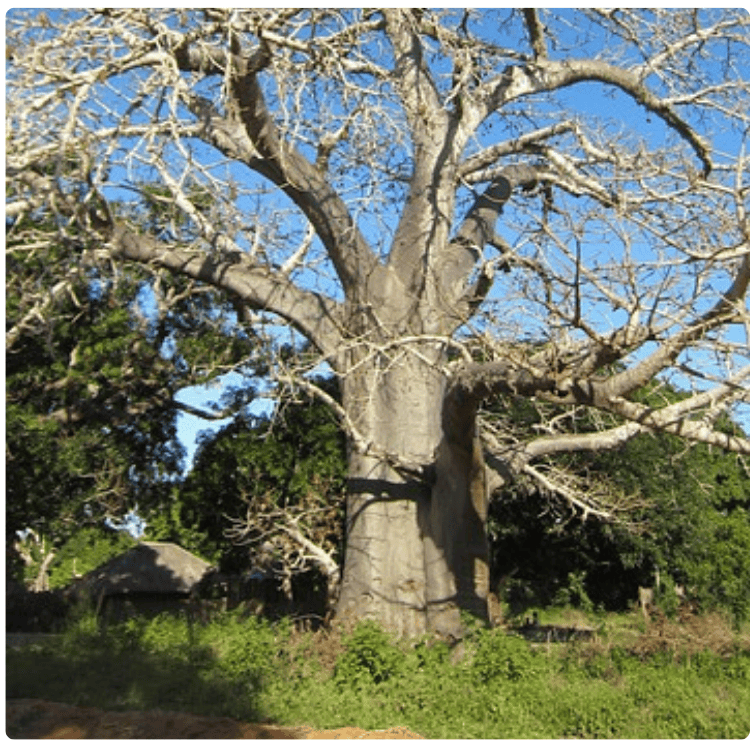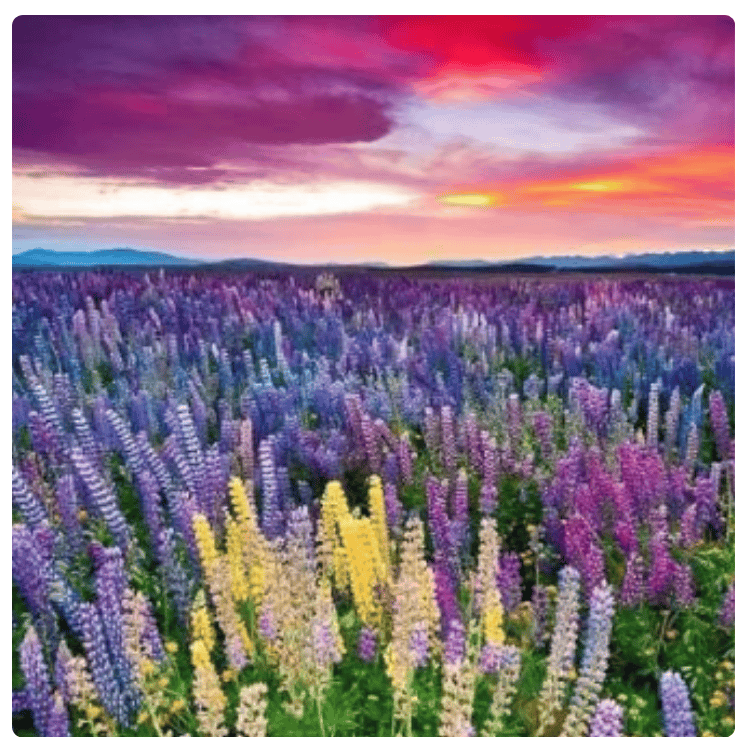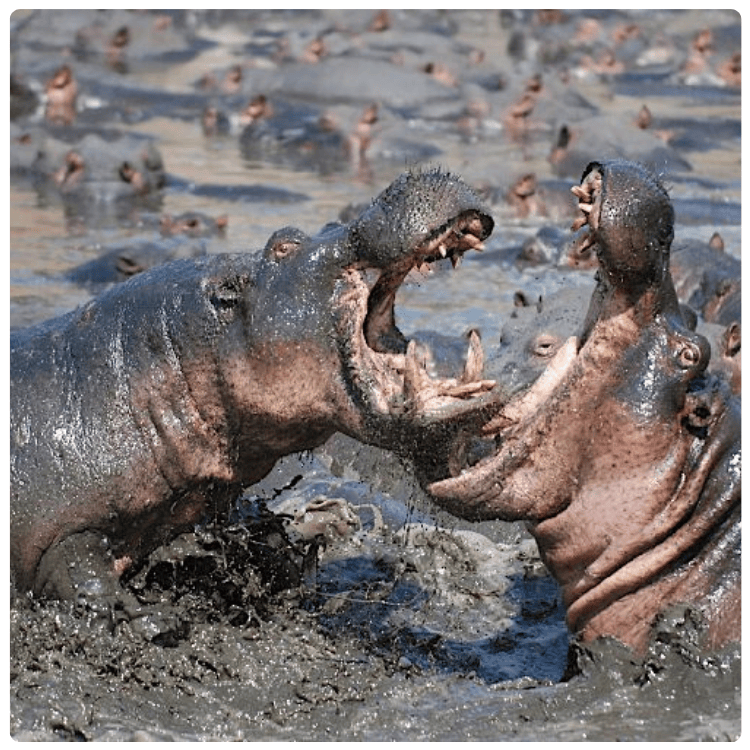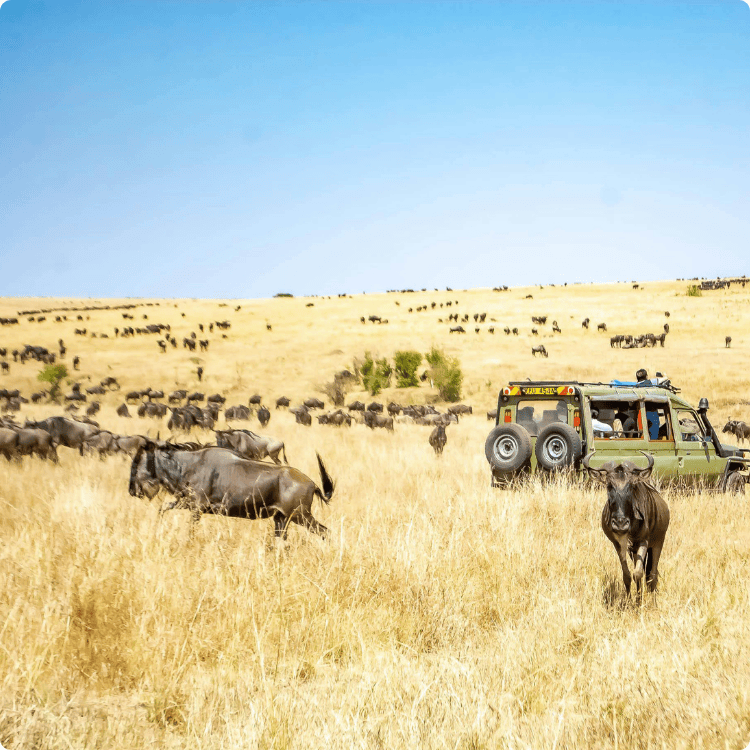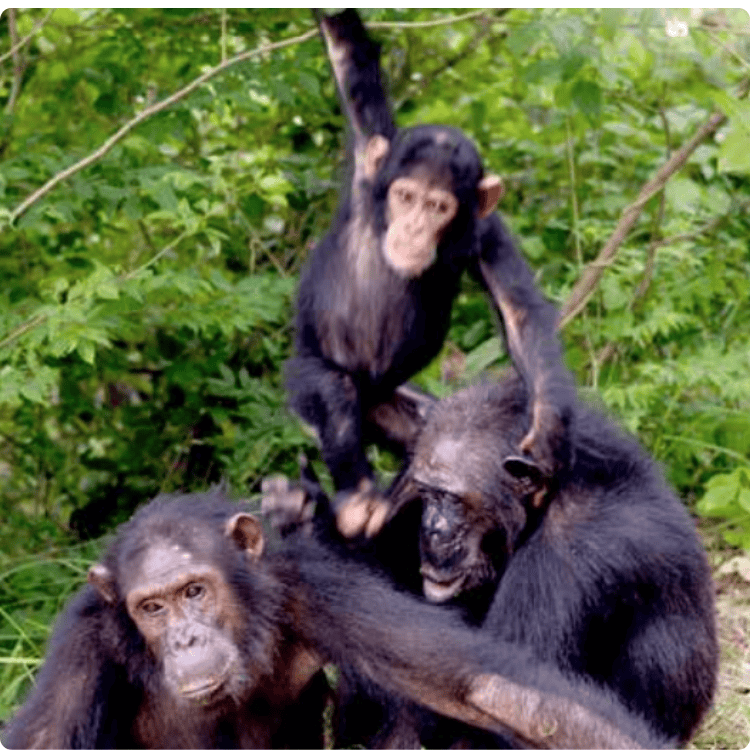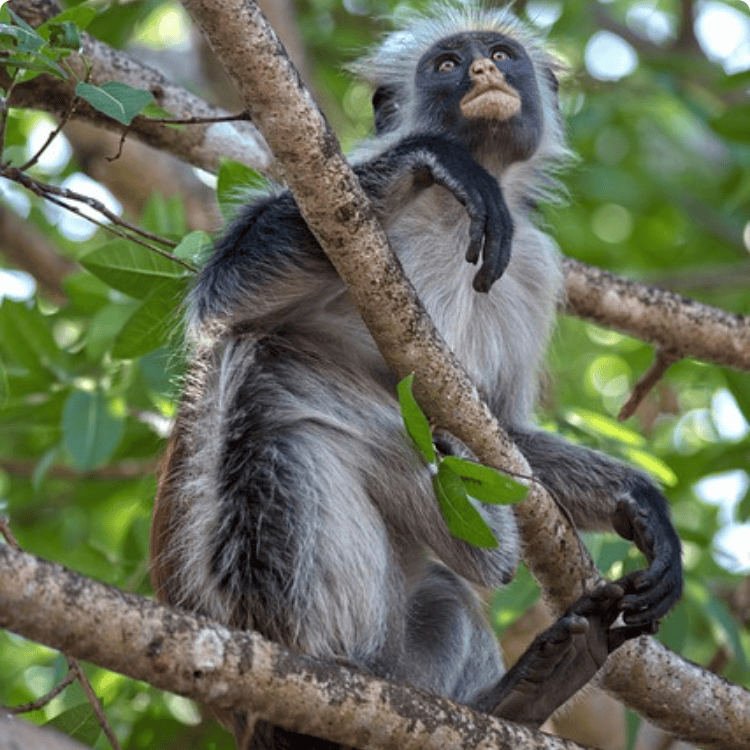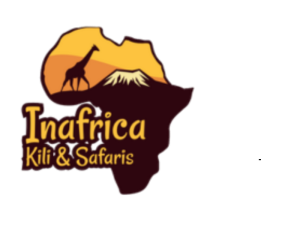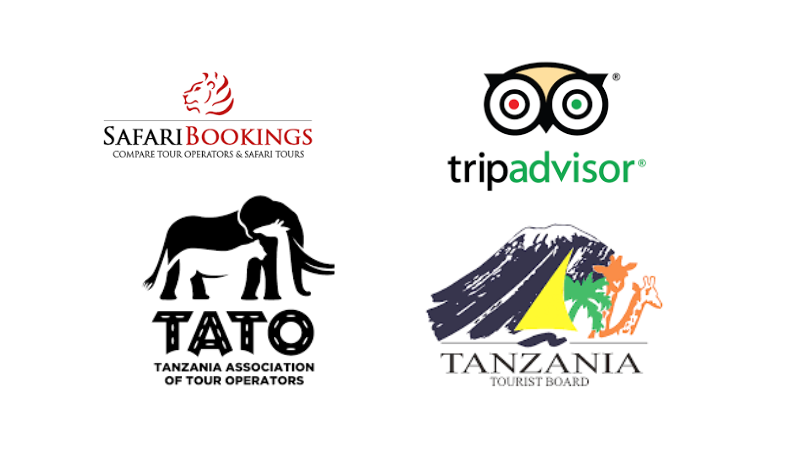ChatGPT said:
Mikumi National Park, located in southern Tanzania near the city of Morogoro, is the fourth-largest national park in the country, covering an area of about 3,230 square kilometers. Established in 1964, the park is part of the larger Selous ecosystem and is bordered by the Uluguru Mountains to the northeast and the vast Selous Game Reserve to the south. It is easily accessible from Dar es Salaam, making it a popular weekend getaway for both local and international visitors.
The park is known for its open grasslands and rich wildlife, which includes elephants, lions, buffaloes, giraffes, zebras, wildebeests, hippos, and a variety of antelope species. The Mkata Floodplain, one of the most scenic parts of Mikumi, offers excellent game viewing and photography opportunities. Birdwatching is also rewarding, with over 400 recorded species.
Mikumi is often considered a great introduction to a Tanzanian safari due to its accessibility, diverse habitats, and high concentration of wildlife. Guided game drives and walking safaris offer visitors a chance to experience Tanzania’s natural beauty and wildlife up close.
